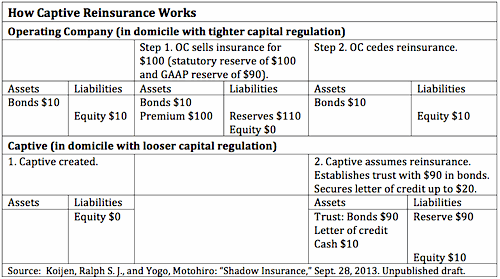
Shedding Light on Shadow Reinsurance
New research from the London Business School and Federal Reserve Bank of Minneapolis adds detail to the use of "shadow reinsurance" by life insurers, a practice that frees up reserves but reduces transparency and may drive up risk.


